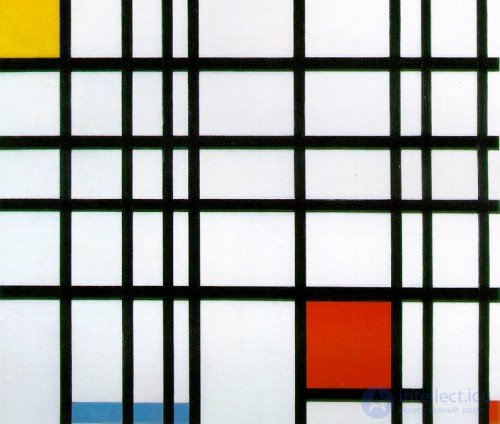
The matrix of opportunities is an effective tool that helps to create new ideas, especially in those areas and genres, where it seems that everything has been invented a long time ago. The essence of the method is in the buildup of a problem by arbitrarily combining its possible characteristics.
Instruction
- Clearly formulate the task and requirements for the work. (For example, “Create a presentation booklet for bank's VIP clients.”)
- Draw a table of 5 columns in 10 rows.
- In the first row write down the main parameters of the problem. (For example, if this is a booklet design: format, materials, decoration, cover / packaging, style.)
- Fill in the rows of the table with options for these parameters. (For example, materials: coated paper, designer paper, handmade paper with splashes of chocolate / feathers / finely chopped bank notes, etc., tracing paper, aluminum, plastic, silk, sandpaper, etc.). You need to try to come up with more interesting options, moving away from the standards - you will always have time to return to them later. It may be helpful to use a random stimulus or other quick methods of creating ideas.
- Now start randomly arranging the individual cells in the columns and see how the result corresponds to the task. (For example: square format, black designer paper with colored silver spattered tracing paper, polished aluminum cover with an inconspicuous engraving of the name of the CEO's favorite yacht, design in Gothic style.) Don't forget to write out your favorite ideas before digging into their criticism.
- When you have enough options, select the most appropriate ones.
The secret of success lies in choosing a small number of the most essential parameters and the largest possible number of the most incredible variations . The rest is a matter of time, which takes about 20-30 minutes.
The matrix of possibilities is also known as morphological analysis, the author is Fritz Zwicky.

Comments
To leave a comment
Idea Creation Methods
Terms: Idea Creation Methods